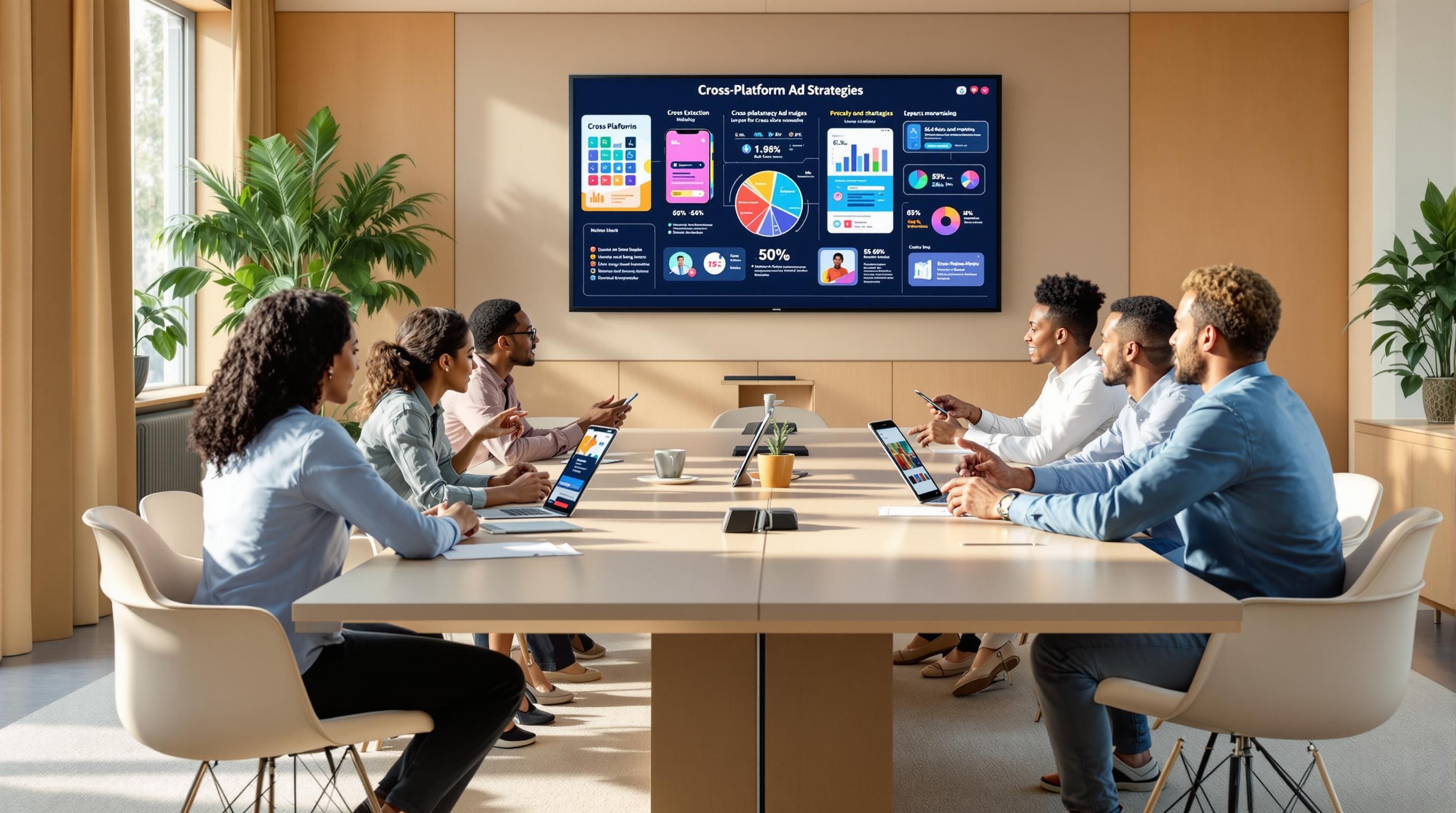Subscription billing automation simplifies how businesses handle recurring payments. It uses software to manage invoices, process payments, and update records automatically, saving time and reducing errors. Here’s why it matters:
-
Key Benefits:
- Cuts administrative costs.
- Reduces billing errors by up to 90%.
- Speeds up payment processing by 70%.
- Scales with business growth and improves customer satisfaction.
-
Core Features:
- Automates invoicing and payment retries.
- Supports flexible pricing models like tiered or usage-based billing.
- Tracks revenue metrics like MRR and churn in real-time.
- Integrates with CRMs, accounting tools, and analytics platforms.
-
Getting Started:
- Analyze your current billing process for inefficiencies.
- Choose software with strong integration, compliance, and reporting capabilities.
- Pilot the system, configure automation, and monitor performance metrics.
Switching to automated billing reduces manual work, improves cash flow, and ensures compliance with tax and security standards. Ready to streamline your billing? Let’s dive deeper.
Subscription Billing Automation: How to Avoid Manual Processes, Billing Errors
Core Features of Billing Automation Systems
Billing automation systems are designed to simplify subscription management and revenue operations. Here's a closer look at the key components that make these systems effective for businesses.
Invoice and Payment Processing
These platforms manage the entire payment process, from creating invoices to collecting payments. For example, Stripe Billing automates invoice generation based on subscription terms and handles payments through various methods. They also use staged recovery methods - like retrying declined payments and sending reminders - to improve payment success rates.
Pricing and Subscription Options
Billing systems today accommodate a wide range of pricing models to suit different business needs. Tools like Chargebee and Paddle support options such as usage-based billing, tiered pricing, and proration adjustments. This flexibility allows businesses to test and implement various pricing strategies while keeping billing accurate and consistent.
Reporting and Revenue Tracking
Real-time revenue tracking is vital for making informed decisions. Advanced billing platforms include analytics dashboards that monitor metrics like Monthly Recurring Revenue (MRR), churn rate, and customer lifetime value. They also provide insights into payment failures and customer behavior, helping businesses refine their billing processes and uncover growth opportunities.
Software Integration Options
Seamless integration is key to fitting into existing workflows. Modern systems offer APIs, pre-built connectors, and webhook support, enabling easy connections with tools like CRMs, accounting software, and analytics platforms. This reduces manual work and ensures data accuracy across systems.
How to Set Up Billing Automation
Review Current Billing Process
Start by analyzing your current billing workflows. Document your billing cycle, payment collection methods, and the challenges you encounter. Look for inefficiencies like duplicate tasks or areas where compliance might be falling short.
For instance, Instream discovered that manual customer registration was slowing them down. By introducing a self-service portal, they cut their billing processing time by 80% [3].
Once you've pinpointed the problem areas, the next step is finding a solution that directly addresses these issues.
Choose Billing Software
Picking the right billing software is key to streamlining your process and preparing your business for growth. Here's a quick breakdown of important factors to consider when evaluating options:
| Criteria | Description | Priority |
|---|---|---|
| Integration Capabilities | Offers API access and connectors for CRM, ERP, and accounting software | High |
| Payment Processing | Supports multiple payment methods and automated retries | High |
| Subscription Management | Handles flexible pricing models and proration automatically | Medium |
| Compliance | Includes PCI DSS certification and tax management tools | High |
| Reporting | Provides real-time analytics and customizable dashboards | Medium |
"Automated billing systems mitigate potential bottlenecks, reduce manual errors, and provide a solid foundation for the financial health of a business." - Stripe, "Automated Billing Systems 101" [1]
Once you've chosen the right software, focus on a well-planned implementation to ensure a smooth transition.
Switch to Automated Billing
-
Create an Implementation Timeline
Outline key milestones for configuration, staff training, and testing phases. -
Start with a Pilot Program
Test the system with a small group of customers to:- Identify and resolve integration issues
- Collect user feedback
- Make adjustments before rolling it out fully
- Avoid major disruptions to your existing processes
-
Set Up Core Automation Features
Configure essential workflows, such as:- Recurring billing schedules
- Automated payment retry systems
- Customer notifications
- Revenue recognition rules
Keep a close eye on the system during the initial weeks. Track metrics like payment success rates, billing accuracy, and customer feedback to fine-tune performance [3].
sbb-itb-01010c0
Customization and Performance Tips
Customizing your billing automation system helps align it with your business objectives while improving overall efficiency.
Set Up Billing Cycles
Tailor your billing cycles to match customer preferences. This not only keeps customers satisfied but also helps manage cash flow effectively.
| Billing Element | Configuration Options | Business Impact |
|---|---|---|
| Payment Frequency | Monthly, Quarterly, Annual | Predictable cash flow |
| Trial Periods | 7, 14, 30 days | Attract new customers |
| Payment Structure | Fixed/Custom dates, Net-30/Immediate | Better working capital management |
After fine-tuning your billing cycles, focus on securing revenue through reliable payment recovery strategies.
Payment Recovery Systems
Effective payment recovery systems are key to minimizing revenue loss and maintaining steady cash flow. Many modern billing platforms include advanced dunning management tools that automate retries and customer notifications.
Make sure your recovery system is set up to:
- Send payment reminders and retry transactions at well-timed intervals.
- Provide alternative payment options and monitor recovery success rates.
With a solid recovery system in place, you can use analytics to take your billing performance to the next level.
Using Data to Improve Results
Billing platforms generate valuable insights into customer habits, revenue patterns, and operational performance. For example, analyzing billing data can uncover churn trends, allowing you to tweak pricing or features to retain customers.
| Metric Category | What to Track | Action Items |
|---|---|---|
| Revenue Health | MRR, Churn Rate, LTV | Adjust pricing strategies |
| Payment Performance | Success Rates, Recovery Time | Improve payment options |
| Customer Behavior | Usage Patterns, Upgrade Timing | Enhance product offerings |
Regularly reviewing these metrics can help you spot upselling opportunities, identify churn risks early, and refine your pricing models. Consider integrating billing data with customer success tools for a more complete view of customer engagement and health [2][3].
Security and Legal Requirements
Running secure and compliant billing operations means following regulatory guidelines and meeting security standards - all while keeping things efficient.
Payment Security Standards
To ensure secure billing, compliance with PCI DSS is a must. This involves encryption, secure payment gateways, and regular audits. Here's a quick breakdown:
| Security Requirement | How It's Done | Why It Matters |
|---|---|---|
| Data Encryption | Tokenization | Lowers liability risks |
| Secure Gateways | PCI-compliant processors | Builds customer trust |
| Regular Audits | Ongoing security checks | Keeps compliance intact |
Secure payment handling is just one piece of the puzzle - meeting tax regulations is equally critical, especially for global operations.
Tax Management
Automated tax tools simplify compliance by calculating taxes accurately and reducing the chance of errors or audit issues. Key features include:
| Tax Feature | What It Does | Why It Helps |
|---|---|---|
| Real-time Calculation | Applies correct tax rates instantly | Minimizes mistakes |
| Multi-jurisdiction Support | Adapts to location-specific tax rules | Ensures global compliance |
| Automated Reporting | Generates tax documents | Eases audit preparation |
Handling taxes is only part of the challenge. Businesses operating globally also need to follow local billing rules and adapt to regional payment preferences.
Global Billing Rules
Global billing involves navigating regional regulations and managing multiple currencies. Automated systems make this easier by applying tax rates dynamically, supporting currency conversions, and staying aligned with local requirements.
Some regional specifics to consider:
- EU: VAT compliance and GDPR adherence
- North America: State-specific tax rules and payment regulations
To stay compliant, businesses should regularly review their billing processes and keep up with regulatory changes. Resources like the B2B Ecosystem can provide updates and insights into subscription billing requirements.
Conclusion
Summary for Executives
Automating subscription billing boosts efficiency, cuts down errors, and improves payment recovery rates. It also speeds up processes and increases productivity, reshaping revenue operations while keeping customers happy. For growing businesses, this shift is a critical step forward.
Success depends on thorough planning, strong security practices, and continuously refining billing workflows. Focusing on these areas helps businesses get the most out of their investment and ensures a smooth transition.
Using specialized tools and expert support can also simplify the billing automation process and deliver better results.
The B2B Ecosystem Resources
The B2B Ecosystem provides tools like QuantAIfy, Risk Analyzer, and Retention Maximizer to refine billing workflows, evaluate risks, and improve customer retention during system changes. These tools work alongside standard billing platforms, offering data-driven insights that align with business goals.
Additionally, The B2B Ecosystem offers consulting services to address technical challenges without losing sight of strategic priorities. Stay connected with their Slack channels and newsletters to exchange ideas and gain insights into billing automation best practices.


